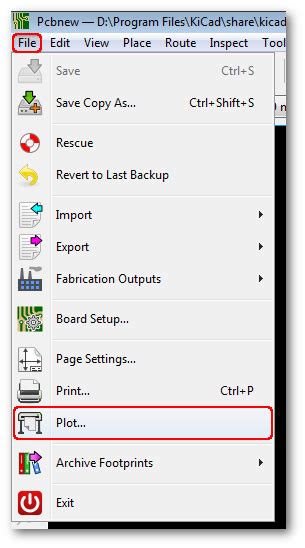
Blog
-
Drill File-How to Generate
Posted by
–
 Read more: Drill File-How to Generate
Read more: Drill File-How to GenerateWhat is a Drill File? A drill file, also known as a fabrication file or manufacturing file, is an essential component in the electronics manufacturing process, particularly in the production of printed circuit boards (PCBs). It contains the necessary information for CNC machines to accurately drill holes in the PCB […]
-
How to find total number of SMD pads in design?
Posted by
–
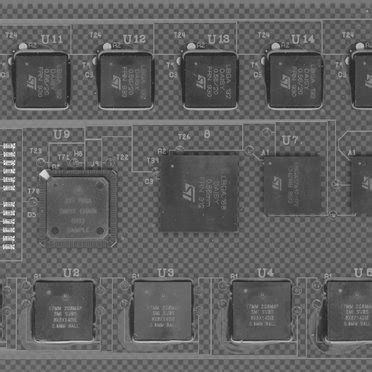 Read more: How to find total number of SMD pads in design?
Read more: How to find total number of SMD pads in design?Introduction to SMD Pads and Their Importance in PCB Design Surface-mount device (SMD) pads are essential components in printed circuit board (PCB) design. These pads provide a surface for SMD components to be soldered onto the PCB, enabling electrical connections and mechanical support. Accurately determining the total number of SMD […]
-
How to make pcb at home
Posted by
–
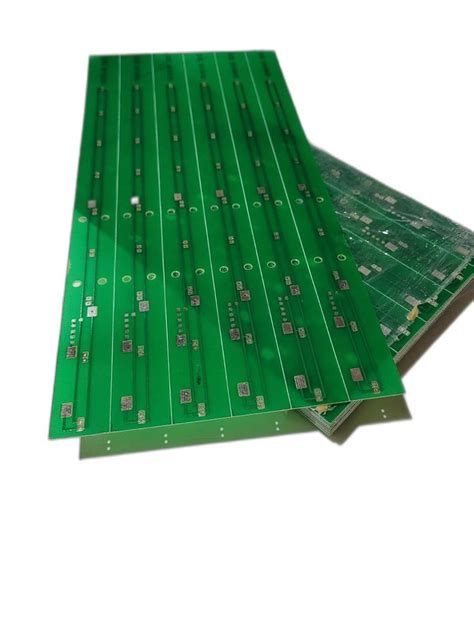 Read more: How to make pcb at home
Read more: How to make pcb at homeIntroduction to PCB fabrication Printed Circuit Boards (PCBs) are the backbone of modern electronics. They provide a platform for mounting and interconnecting electronic components, allowing for the creation of complex circuits in a compact and efficient manner. While PCBs are typically manufactured in large-scale industrial facilities, it is possible to […]
-
An Easy Approach To Make PCB At Home(Helpful)
Posted by
–
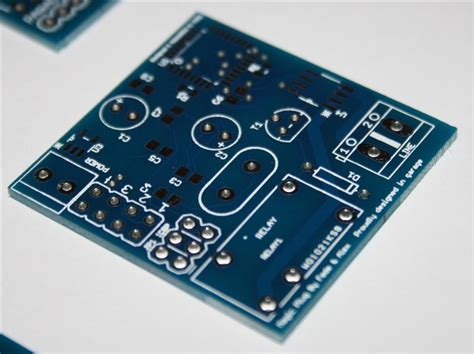 Read more: An Easy Approach To Make PCB At Home(Helpful)
Read more: An Easy Approach To Make PCB At Home(Helpful)What is a PCB? A printed circuit board (PCB) is a fundamental component in modern electronics. It is a thin board made of insulating materials, such as fiberglass or composite epoxy, with conductive copper traces etched onto its surface. These traces connect various electronic components, such as resistors, capacitors, and […]
-
PCA Electronics-How To Use It
Posted by
–
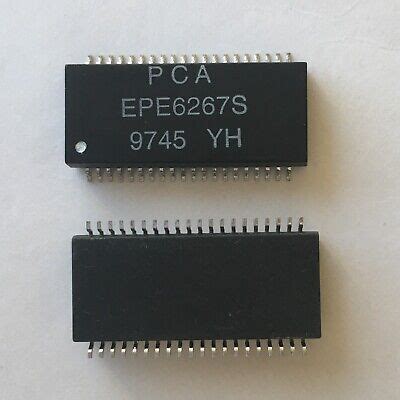 Read more: PCA Electronics-How To Use It
Read more: PCA Electronics-How To Use ItWhat is PCA Electronics? PCA Electronics, or Printed Circuit Assembly Electronics, refers to the process of assembling electronic components onto a printed circuit board (PCB) to create a functional electronic device. PCBs are the foundation of modern electronics and are used in a wide range of applications, from consumer gadgets […]
-
Online PCB Design-How You Can Make
Posted by
–
 Read more: Online PCB Design-How You Can Make
Read more: Online PCB Design-How You Can MakeWhat is PCB Design? PCB design, or printed circuit board design, is the process of creating the layout and design of a PCB that will be used to electrically connect and mechanically support electronic components. It involves determining the placement of components, routing the connections between them, and creating the […]
-
How to program FPGA by yourself?
Posted by
–
 Read more: How to program FPGA by yourself?
Read more: How to program FPGA by yourself?What is FPGA Programming? FPGA stands for Field Programmable Gate Array. It is an integrated circuit that can be programmed and customized by the user after manufacturing. FPGAs contain an array of programmable logic blocks and a hierarchy of reconfigurable interconnects, allowing the blocks to be “wired together” to create […]
-
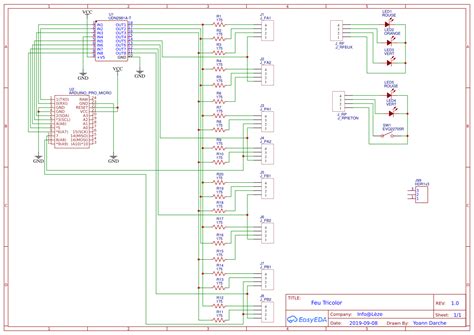 Read more: How to Solve Various Problems Encountered in EasyEDA
Read more: How to Solve Various Problems Encountered in EasyEDAIntroduction to EasyEDA and Common Issues EasyEDA is a powerful, web-based EDA (Electronic Design Automation) tool for designing, simulating, and producing printed circuit boards (PCBs). It offers schematic capture, circuit simulation, PCB layout, and more in an easy-to-use interface accessible from any web browser. While EasyEDA simplifies the PCB design […]
-
 Read more: CPLD VS FPGA: Understanding the Better Option for Your Digital System
Read more: CPLD VS FPGA: Understanding the Better Option for Your Digital SystemWhat are CPLDs? Complex Programmable Logic Devices (CPLDs) are integrated circuits that contain programmable logic blocks and interconnects. They are designed to implement moderately complex digital logic functions and are well-suited for applications that require high-speed operation and low power consumption. CPLD Architecture CPLDs consist of the following main components: […]
-
 Read more: Computer Hardware Engineer Salary Raise: 57 YouTube Channels
Read more: Computer Hardware Engineer Salary Raise: 57 YouTube ChannelsWhy YouTube is a Valuable Resource for Hardware Engineers YouTube has become an incredibly useful platform for professionals in all industries to access educational content, connect with experts, and stay current in their field. For hardware engineers specifically, YouTube offers several key benefits: Access to expert knowledge: Many YouTube channels […]




